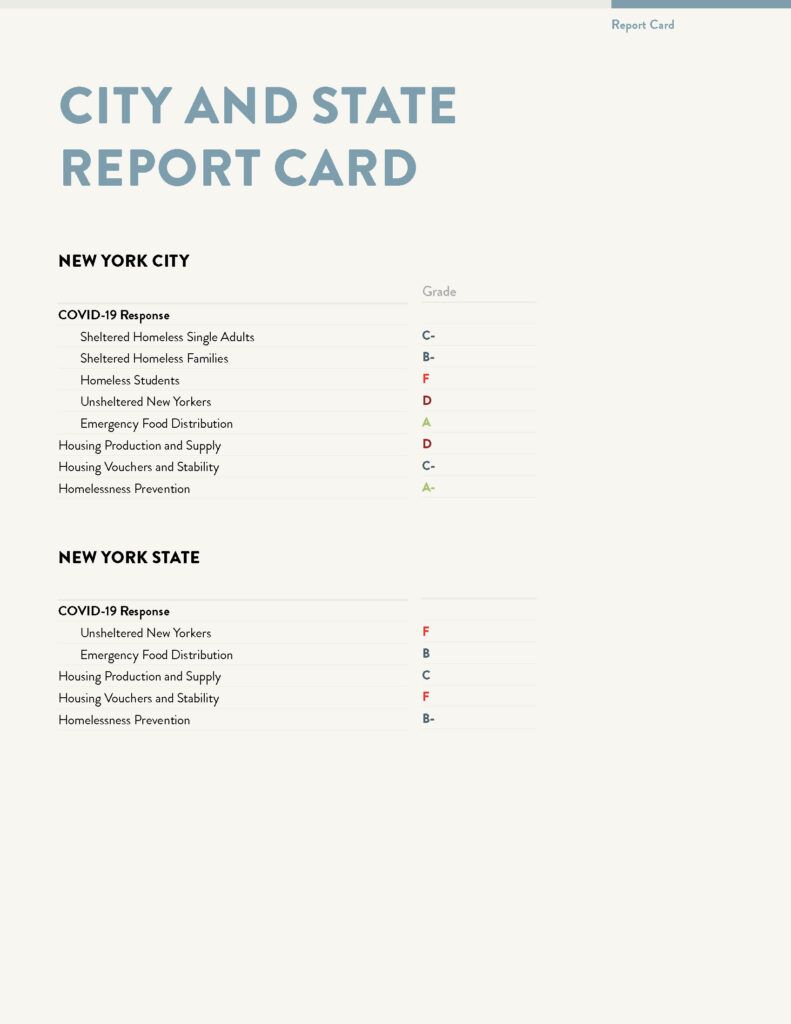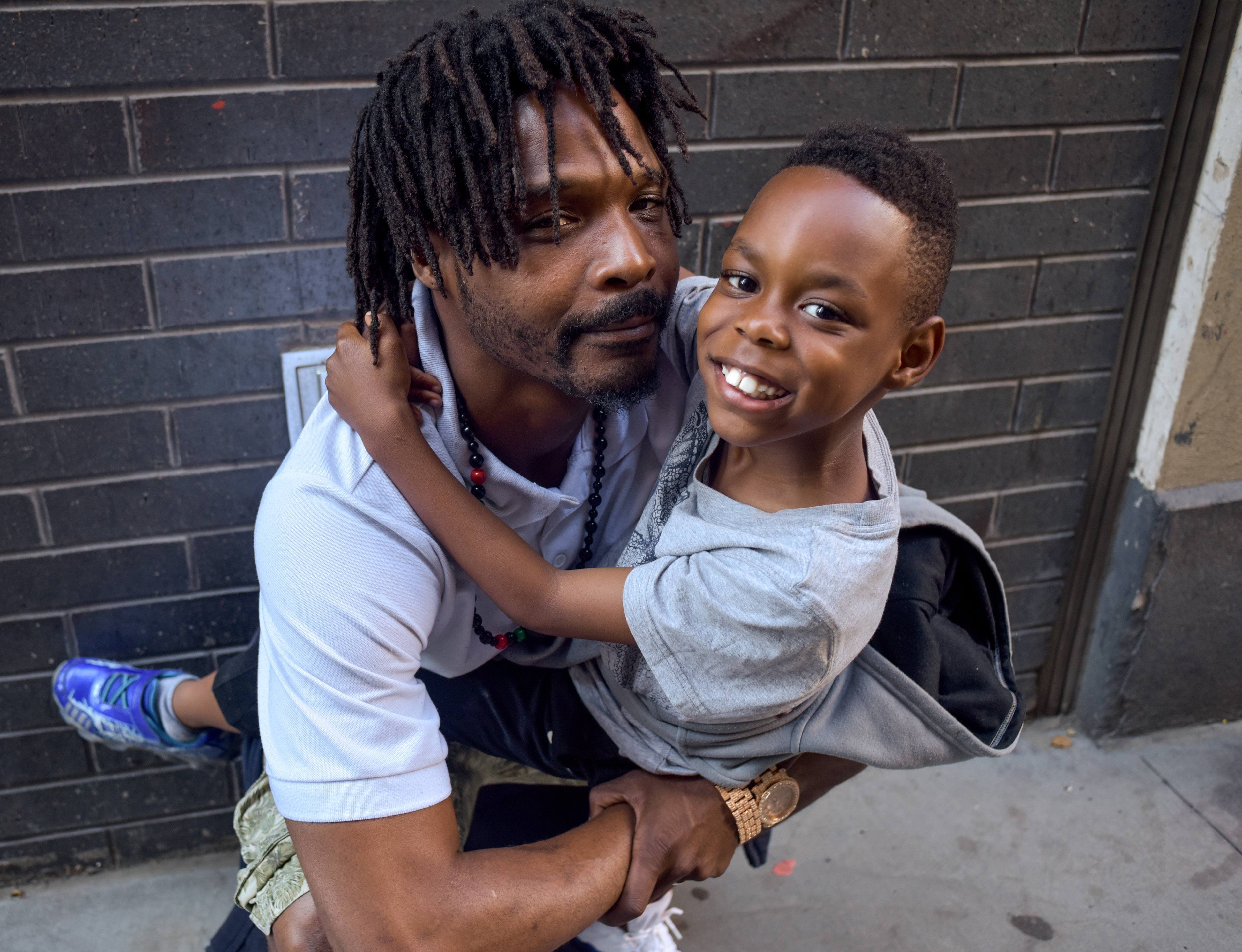The Coalition for the Homeless’ State of the Homeless 2021 report, Housing is Health Care, A Lesson for the Ages, provides a comprehensive look at homelessness in New York City during a year of crisis that has forever changed the landscape of our city. The report comes 40 years after the right to shelter was first established in New York City with the signing of the Callahan Consent Decree in 1981.
In February 2021, the number of single adults sleeping each night in New York City Department of Homeless Services (DHS) shelters reached a new all-time high of 20,822. The report shows that homeless single adults frequently cycle between shelters, the streets, hospitals, nursing homes, unstable housing, and jails and prisons, exposing the feeble – often nonexistent – safety net for low-income people, particularly those living with disabilities. Meanwhile, the number of babies born to parents sleeping in shelters reached 1,399 – the highest on record since at least 2015.
The need for the dignity and safety of a home has never been more strikingly obvious than it has over the past year. State of the Homeless 2021 analyzes how the COVID-19 pandemic laid bare profound health and economic disparities in New York City and has taken a devastating toll on people of color and those who lack stable housing. The report highlights the impact of the pandemic on homeless individuals and families who lack safe and private places in which to practice preventive measures like social distancing and frequent handwashing while a deadly, airborne virus continues to spread across the city.
State of the Homeless includes a “report card” that grades the State and City on their respective efforts to prevent homelessness, provide housing vouchers, produce affordable and supportive housing, and meet the needs of homeless individuals and families sleeping in shelters or staying on the streets and subways. This year’s report also includes grades for the City and State on their responses to the COVID-19 pandemic.

“This pandemic has established with unequivocal clarity that housing is health care. Thousands of individuals sleeping in congregate shelters were left exposed to the virus by the City’s slow response to the crisis, placing lives at risk. Unsheltered New Yorkers, likewise, faced an abrupt end to many services and resources they had come to rely on for survival, exacerbated by the kneejerk implementation of aggressive and deeply counterproductive policing tactics advanced by Governor Cuomo and Mayor de Blasio. The past year was unprecedented in so many ways, but the coming year could see a new and shocking increase in homelessness if our elected leaders do not take urgent and large-scale action to keep low-income New Yorkers from being evicted into homelessness, and to help the tens of thousands of currently homeless individuals and families move into the safety and dignity of permanent homes,” said Giselle Routhier, Policy Director at Coalition for the Homeless.
Recommendations
State of the Homeless 2021 outlines key steps the City and State can take immediately that match the scale and urgency of the crisis, including:
Housing
Governor Cuomo must:
- Implement the Home Stability Support (HSS) program to create a State-funded, long-term rent subsidy for households receiving public assistance who are homeless or at risk of losing their housing due to eviction, domestic violence, or hazardous housing conditions.
- Implement the Housing Access Voucher Program (HAVP) to create a State-funded, long-term rent subsidy for homeless and very low-income households.
- Accelerate the pace of production of the 20,000 units of supportive housing pledged by the Governor in 2016 by completing them by 2026 instead of 2031, and fully fund the construction and operation of the remaining 14,000 units.
- Ensure effective reentry planning for individuals being released from State prisons in order to identify viable housing options prior to each individual’s scheduled release date.
Mayor de Blasio must:
- Implement the Fair Chance for Housing Act (Intro. 2047) to prohibit housing discrimination on the basis of an arrest or conviction record in New York City.
- Raise the rent levels for CityFHEPS rent vouchers to Section 8 payment standards and eliminate the benefits cliff (Intro. 146).
- Allocate at least three-quarters of tenant-based Section 8 vouchers made available each year to homeless households so they can exit shelters.
- Accelerate the timeline for the creation of 15,000 City-funded supportive housing units by scheduling their completion by 2025 rather than 2030.
Mayor de Blasio and Governor Cuomo should together:
- Call on the Federal government to fund Section 8 vouchers as an entitlement for all households who meet the eligibility standards.
- Fund the production of more housing specifically for homeless single adults, separate and apart from their respective existing supportive housing commitments.
Shelters and Unsheltered Homelessness
Mayor de Blasio must:
- Provide single-occupancy hotel rooms for all homeless individuals living in congregate shelters and those living on the streets or sleeping in the subway system for the duration of the COVID-19 pandemic.
- Initiate the redesign of emergency shelter facilities, with the expectation that the risk of exposure in future pandemics will require the provision of private rooms including bathrooms for each individual or household, and with attention to the principles of safety, public health, accessibility, and individual autonomy.
- Reform the process of providing outreach to unsheltered homeless individuals to a client-centered, harm reduction approach.
Governor Cuomo must:
- Ensure that homeless individuals are not taken against their will to new crisis centers, which must by law only serve voluntary patients.
- Immediately halt the deployment of additional MTA police in response to homeless people located in transit facilities and trains.
- Reverse harmful cuts to New York City’s emergency shelter system that have resulted in the State short-changing the City by hundreds of millions of dollars over the past decade, and share equally with the City in the non-Federal cost of sheltering homeless families and individuals.
Mayor de Blasio and Governor Cuomo should together:
- Implement a less onerous shelter intake process for homeless families in which 1) applicants are assisted in obtaining necessary documents, 2) housing history documentation is limited to the prior six months, and 3) DHS-identified housing alternatives are investigated to confirm their availability, safety, and lack of risk to the potential host household’s tenancy. For adult families, the City must accept verification of time spent on the streets from the widest possible array of sources, including outreach teams, soup kitchen volunteers, social workers, health care providers, and neighbors.
- Reinstate 24-hour subway service, and cease police profiling of homeless individuals in the transit system.
Press Coverage
“Number of single adults living in NYC homeless shelters reached all-time high during COVID, fueling death rates: study,” New York Daily News
“Coalition For The Homeless Report Finds State, Local Policies Made Things Worse For Single Homeless Adults,” CBS New York
“Report: Homeless population in city shelters hit record level this winter,” NY1
“Coalition For The Homeless’ Annual Report Say NYC Political Leaders Could Be Doing More,” CBS New York
